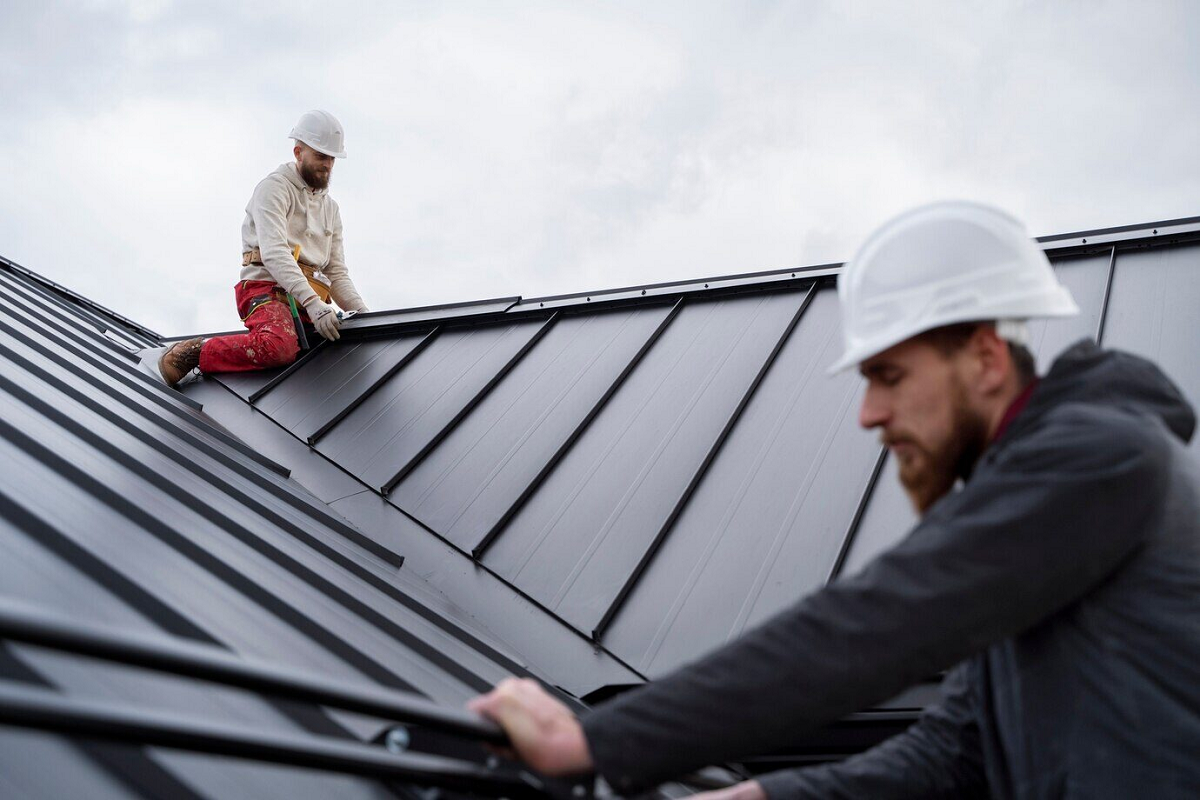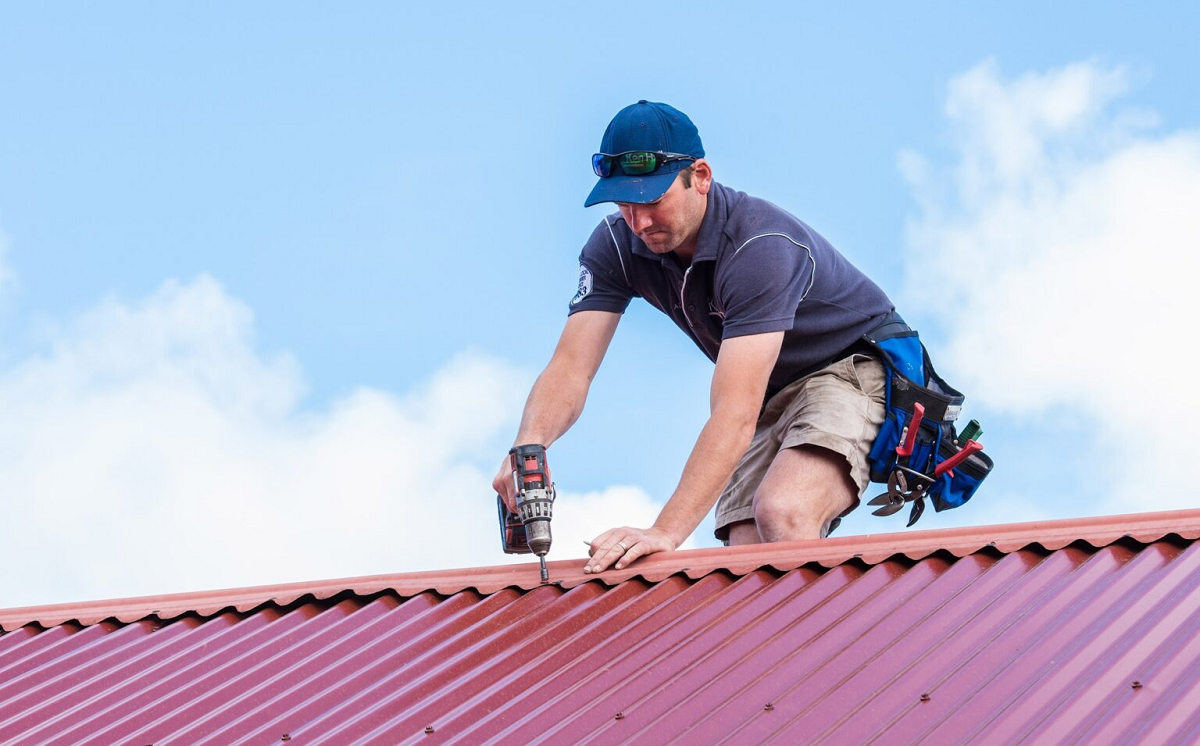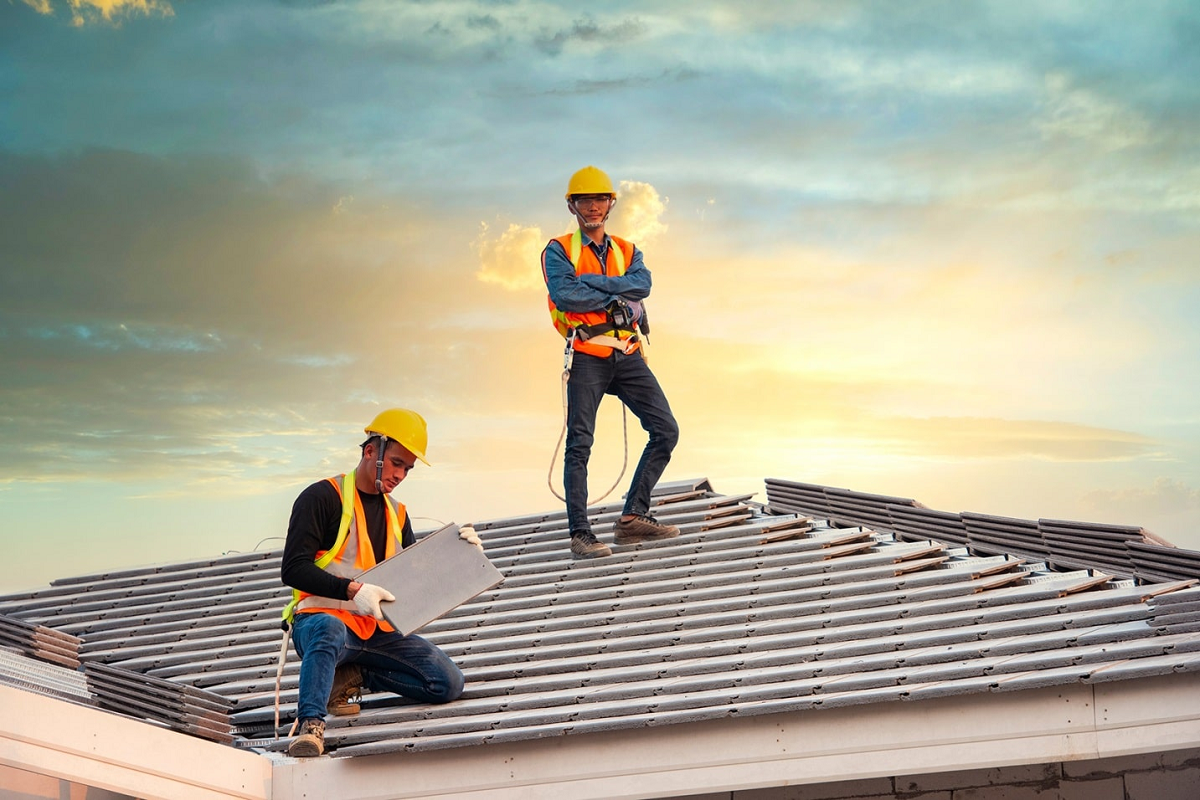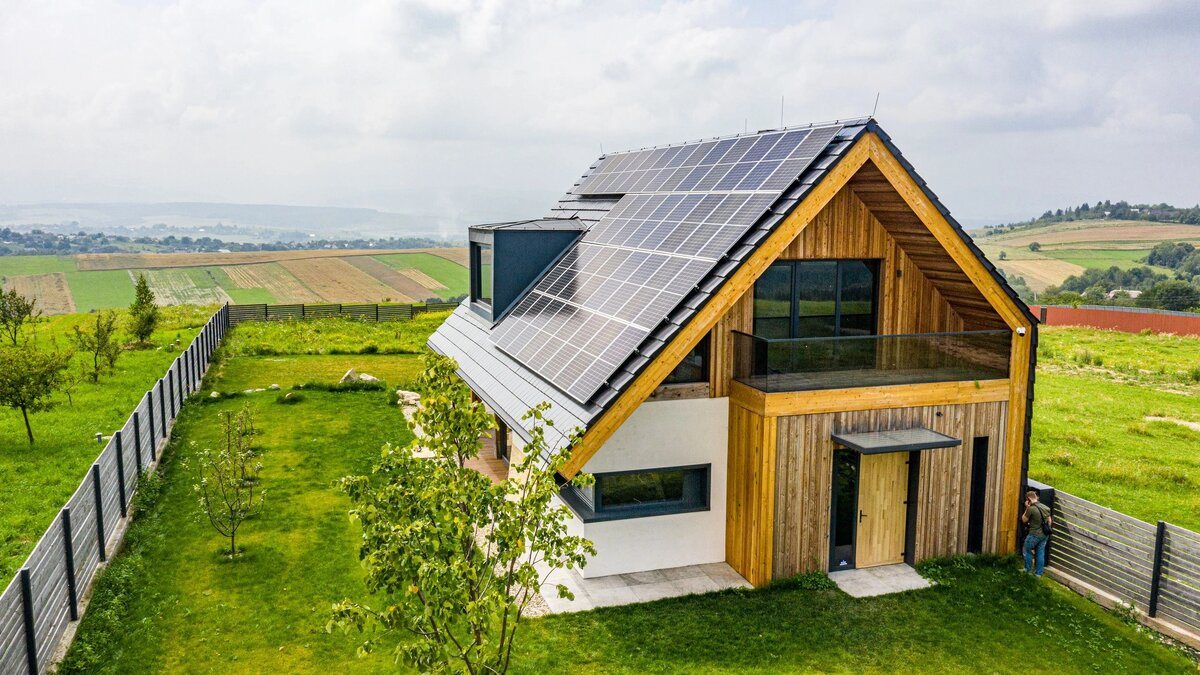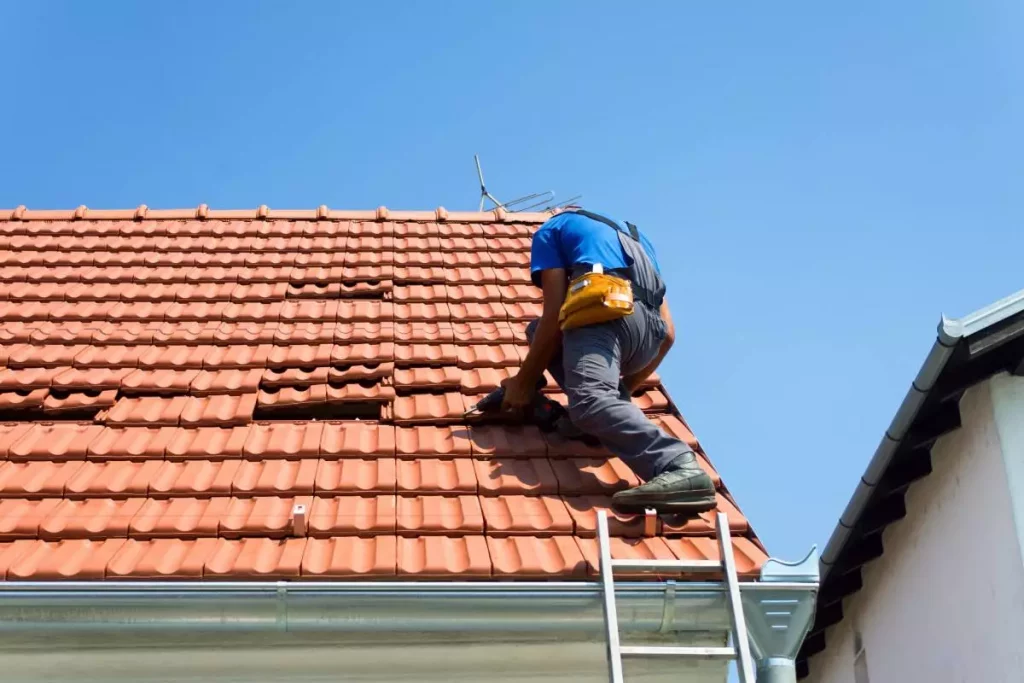Signs Your Home Needs A Residential Roof Replacement
If you've been noticing a few more drips or damp spots around your home, it might be time to take a closer look at your roof. A residential roof replacement isn't something most homeowners want to think about, but it's crucial for maintaining the safety and value of your property. Over time, roofs can succumb to wear and tear, and recognizing the signs early can save you from more significant headaches down the road.
From missing shingles to persistent leaks, there are clear indicators that your roof may need a complete overhaul. Keep an eye out for these warning signs and act promptly to ensure your home stays protected and your investment stays intact.
Uncovering Hidden Roof Damage
When it comes to roof maintenance, some damage is obvious, but other issues lurk beneath the surface, making them harder to spot. Hidden roof damage often results from factors like severe weather, poor ventilation, or gradual wear and tear. To uncover these hidden issues, a thorough inspection is necessary.
Look for signs like warped or discolored shingles, sagging rooflines, or signs of leaks in your attic. Sometimes, it’s best to enlist a professional to perform a detailed inspection, especially if you suspect damage but can’t pinpoint it. They can identify problems that might not be visible from the ground, ensuring that you address any issues before they escalate into costly repairs or a full roof replacement.
When Leaks Become a Regular Issue
A few leaks here and there might seem manageable, but when leaks become a regular issue, it's a clear signal that something is seriously wrong with your roof. Repeated leaks often indicate that your roof's protective barrier is compromised, whether due to damaged shingles, failing seals, or deteriorated underlayment.
Each leak can lead to further water damage inside your home, affecting ceilings, walls, and even the structural integrity of your house. If you find yourself constantly repairing leaks or dealing with water damage, it’s time to evaluate whether a full roof replacement might be necessary. Addressing the root cause of these leaks promptly can save you from more extensive damage and higher repair costs in the future.
Signs of Wear on Shingles
Shingles are crucial for protecting your roof, but over time, they can show signs of wear that signal it's time for a closer look. Identifying these issues early can help prevent further damage and extend the life of your roof.
- Curling Shingles: Shingles that curl at the edges or corners are often a sign of age or poor ventilation. This curling reduces the shingle’s ability to protect against the elements and can lead to leaks if not addressed.
- Cracked Shingles: Cracks in shingles can occur due to severe weather or natural aging. These cracks can expose your roof to water damage, leading to more significant issues if left untreated.
- Granule Loss: Loss of granules, noticeable as dark patches on shingles or in gutters, indicates that the shingles are deteriorating. This loss reduces their effectiveness and exposes your roof to further damage.
- Blistering: Blisters on shingles are caused by trapped moisture or intense heat. Blistered shingles are more likely to crack and become less effective at protecting your home.
Regular inspections and maintenance can help catch these signs early and keep your roof in good shape.
The Importance of Granule Loss
Granules on shingles serve as a protective layer against UV rays and weathering. When you start noticing granules in your gutters or around your home, it’s a sign that your shingles are deteriorating. This granule loss can lead to reduced effectiveness in protecting your roof from the elements.
As shingles lose their granules, they become more vulnerable to damage and wear out faster. If you’re seeing a lot of granules in your gutters or around your property, it might be time to have your roof inspected. Addressing this issue early can prevent more serious problems and help you avoid the need for a premature roof replacement.
Understanding Roof Sagging
Roof sagging is a serious issue that can indicate significant structural problems. A sagging roof often results from underlying issues such as excess weight from snow or ice, poor roof design, or compromised structural supports. This sagging is usually noticeable as a dip or downward curve in your roofline.
It’s not something you should ignore, as it can lead to further damage and potential safety hazards. If you notice any sagging, it’s crucial to have a professional assess the situation. They can determine the extent of the damage and recommend whether a repair or complete roof replacement is necessary to ensure the safety and integrity of your home.
Impact of Water Stains on Ceilings
Water stains on your ceilings are more than just unsightly; they often indicate significant underlying issues with your roof. Ignoring these stains can lead to more extensive damage and costly repairs.
Indication of Leaks
Water stains on your ceiling typically indicate that water is penetrating through your roof. This can be due to damaged shingles, deteriorated flashing, or problems with the underlayment. Identifying these leaks early and addressing them promptly is crucial to prevent further damage and protect your home’s structure and interior.
Potential Mold Growth
If leaks are not addressed, the persistent moisture can create an ideal environment for mold and mildew growth on your ceilings. Mold can spread quickly, leading to health issues and causing additional damage to your home’s interior. Immediate attention to water stains and the underlying leaks is essential to prevent mold proliferation.
Impact on Structural Integrity
Water stains can be a warning sign that prolonged moisture is weakening your home’s structural integrity. Over time, continuous exposure to water can damage wooden supports and insulation, potentially leading to more severe structural issues. Addressing these stains early helps prevent extensive damage and costly repairs down the line.
Increased Energy Costs
Water damage can compromise your home’s insulation, reducing its effectiveness and leading to higher energy costs. Moisture in insulation forces your HVAC system to work harder to maintain desired temperatures, increasing your utility bills. Fixing water damage and restoring insulation efficiency can help control energy expenses and maintain comfort.
Aesthetic Damage
Water stains don’t just signal underlying issues—they also affect the visual appeal of your home. Discolored or stained ceilings can make rooms look unkempt and lower your property’s value. Promptly addressing water stains not only resolves the underlying issues but also helps maintain your home’s aesthetic and market value.
How to Spot Mold and Algae Growth
Mold and algae growth on your roof can be more than just an eyesore; they can also indicate underlying issues. Mold often appears as dark spots or streaks, while algae growth is usually greenish and can spread rapidly. Both can indicate excess moisture and poor ventilation in your roofing system.
Mold and algae not only affect the appearance of your home but can also lead to deterioration of roofing materials. Regular inspections and cleaning can help manage these issues, but if you notice significant growth or recurring problems, it may be time to consider a roof replacement. Ensuring proper ventilation and addressing moisture issues can help prevent these problems in the future.
Identifying Deterioration Around Chimneys
The area around chimneys is particularly vulnerable to roof damage, often due to the wear and tear of flashing and seals. Deterioration around chimneys can include issues like cracked or missing flashing, damaged mortar, or loose bricks. These problems can lead to leaks and water damage inside your home.
Regularly inspecting this area and addressing any signs of damage can prevent more extensive issues. If you notice any deterioration or if your chimney area hasn’t been checked recently, it’s wise to have a professional evaluate the condition. Proper maintenance and timely repairs can help ensure that your roof and chimney remain in good condition, protecting your home from potential water damage.
Checking for Cracked or Missing Flashing
Flashing is crucial for directing water away from critical areas of your roof, such as valleys, chimneys, and vents. Cracked or missing flashing can lead to serious leaks and water damage. If you spot any damage to the flashing, it’s essential to address it promptly.
Cracks can develop over time due to weathering or poor installation, while missing flashing can be a result of recent storms or deterioration. Properly maintained flashing helps ensure that water is directed away from vulnerable areas and prevents leaks. If you’re unsure about the condition of your flashing, a professional inspection can help identify and fix any issues before they lead to more significant problems.
The Role of Roof Age in Replacement Needs
The age of your roof plays a significant role in determining whether it needs to be replaced. Most roofing materials have a typical lifespan, and once they reach or exceed this age, their effectiveness can diminish. Asphalt shingles, for example, usually last between 20 to 30 years, while metal roofs can last longer. Even if your roof appears to be in good condition, age alone can be a factor in deciding whether a replacement is necessary. An older roof is more likely to experience issues like leaks, granule loss, and general wear and tear. Regular inspections and understanding the lifespan of your roofing material can help you make informed decisions about when it’s time for a replacement.
Taking care of your roof is essential for maintaining the safety and value of your home. Recognizing the signs that indicate your roof needs a residential roof replacement can help you avoid costly repairs and ensure long-term protection. Regular inspections and addressing issues early can make all the difference in extending your roof’s lifespan and keeping your home secure.
If you suspect it’s time for a residential roof replacement, don’t wait to get expert advice. Contact Avalon Roofing Services today at (209) 380-1275 or email us at contact@avalonroofing209.com. Visit us at 114 Almond Ave, Manteca, CA 95337, and let our experienced team provide you with a thorough inspection and top-notch service for your roofing needs.

